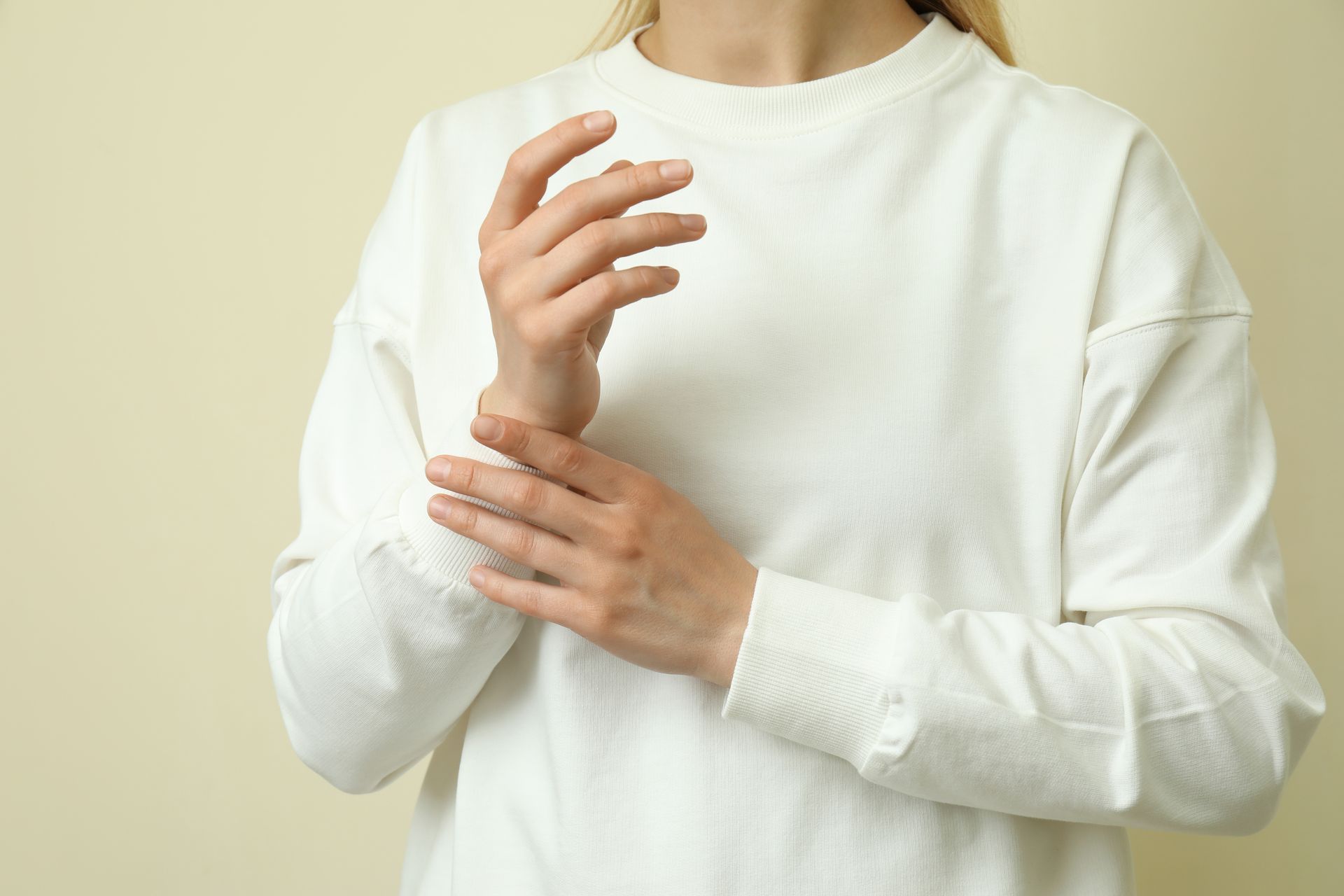Living With Allergies
Living With Allergies

The spectrum of allergic disorders include allergic rhinitis (Hay fever), Asthma, Food Allergies, Contact Dermatitis (Eczema), Animal Allergies (Dogs and Cats) and Insect Allergy.
About six million Americans suffer with allergic disorders with considerable suffering and loss of productivity. About 7.8% of people 18 years and over in the U.S. have hay fever. About 8% of children have food allergies. The commonest foods are peanut, milk and shellfish.
There are two types of Allergic Rhinitis (Hay Fever). There is one that is present all year round Perennial Allergic Rhinitis-PAR and Seasonal Allergic Rhinitis-SAR. PAR is mostly due to allergens that occur all year round. These include Dust Mites, Pet dander, Cockroaches and Molds. Causes of SAR are allergens that occur in certain times of the year like, tree pollen, grass pollen, weed pollen and grass pollen. Sometimes PAR may co-exist with SAR in which case, the symptoms get worse at certain times of the year.
Winter/Spring: Tree pollen.
Spring: Tree and grass pollen.
Spring/Summer: Grass pollen.
Summer/Fall: Weed and Grass pollen.
The Physician makes a diagnosis of the specific allergies by taking a good allergy history and by performing skin testing (scratch test) or blood test. Treatments such as medications, injections and avoidance strategies are based on this.
Avoidance Therapy is an important part of treatment for allergies. You have to make changes in your environment (home or work), lifestyles to reduce or eliminate your identified allergies.
For tree, grass and weed pollen allergy:
- Plan activities indoors especially when the pollen count is high.
- Wash hair before going to bed to remove pollen that may have settled on you.
- Change clothes after being outdoors for the same reason.
- Avoid hanging clothes outside to dry so that pollen does not settle on them.
- Keep windows closed at home and in the car.
- Change your air conditioner filters frequently.
- Avoid triggers such as cigarette smoke which make allergies worse.
Dust Mite avoidance techniques include:
- Sheets, blankets and pillow cases should be washed weekly in hot water (>130 F) to kill the mites.
- Use anti-dust mite solutions like Acrosan spray on rugs and carpets.
- Buy dust mite impermeable encasements for pillows, mattresses and box springs to reduce dust mite exposure.
Cat and Dog Allergy avoidance techniques include:
- If possible have your pets live outside and if not possible, have them live in confined areas of the house.
- Do not let your pet sleep in bed with you or snuggle with you.
- Wash your pets weekly to diminish the amount of allergen released by your pet.
For Mold Allergies:
- Avoid outdoor activities during times of high mold spore count.
- Avoid piles of leaves or decaying plants because those are sites of high mold spore counts.
- Clean/clear vegetation or plant debris near your home to lessen mold exposure.
- Reduce indoor mold exposure by reducing humidity in the home, decreasing the number of outdoor plants, closing windows (and using air conditioner) during time of high mold count, repairing any water leaks in the house.


